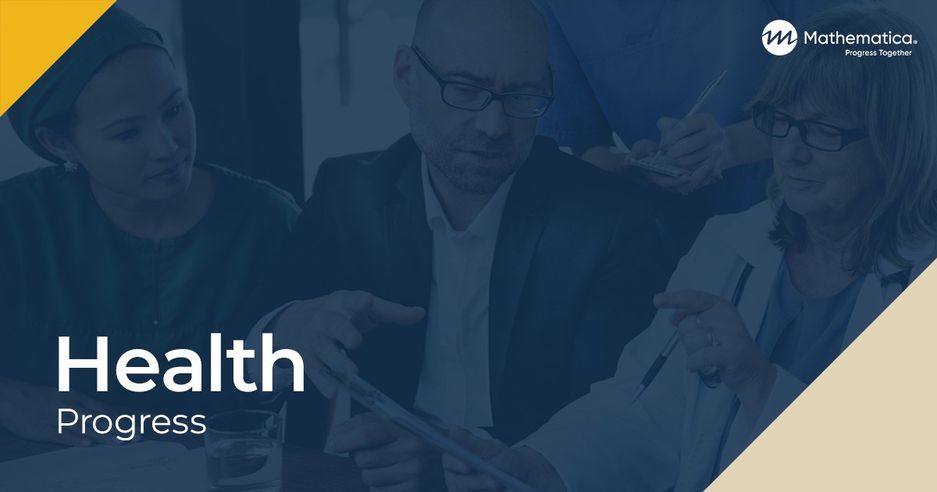Promoting Readiness of Minors in Supplemental Security Income (PROMISE): Wisconsin PROMISE Process Analysis Report
Download
Associated Project
Evaluation of the Promoting the Readiness of Minors in Supplemental Security Income PROMISE Grants
Prepared for:
Social Security Administration
Key Findings
Key Findings:
- The Division of Vocational Rehabilitation (DVR) in Wisconsin’s Department of Workforce Development was the lead agency for the statewide WI PROMISE program and contracted with many entities to implement it. The program model emphasized (1) early engagement of youth in DVR services; (2) intensive case counseling to facilitate employment; (3) engagement of the whole family in counseling and services, including work incentives benefits counseling; and (4) trainings for youth on soft skills, self-advocacy, health literacy, and financial literacy, as well as a training for parents designed to increase their expectations for their children’s employment prospects.
- Three years into program operations, 86 percent of treatment group youth had participated to some extent in WI PROMISE. At that time, WI PROMISE counselors had developed Individual Plans for Employment for 94 percent of program participants, referred three-quarters to DVR services, and facilitated work experiences for 39 percent. They had also developed resource teams consisting of representatives from many of the systems and networks with which the youth and family interacted, including school, church, friends, and case workers from other programs for half of participating youth. Take-up rates among participating youth for other WI PROMISE services ranged from 28 percent for soft skills training to 36 percent for benefits counseling.
- Communication and effective working relationships among administrators of WI PROMISE partners were strong before the program was implemented and increased even more as the program rolled out. WI PROMISE counselors quickly assumed their roles in the program, including the establishment of relationships with the partner organizations and maintained those relationships throughout implementation. Other program staff communicated with the staff of partner organizations less frequently.
- Several factors muted the distinction between the treatment and the counterfactual, potentially weakening the program’s capacity to generate impacts. By design, the intensive, family-centered case counseling and individualized employment services that WI PROMISE counselors were responsible for providing constituted the primary distinction between the services available to the treatment group versus the control group. However, WI PROMISE counselors found it challenging to deliver those services because (1) they were serving the entire family unit and thus more people per case and (2) family crises around basic needs often delayed connections to employment and other program services. Additionally, several changes that occurred in response to or following implementation of the Workforce Innovation and Opportunity Act increased the opportunities for control group youth to receive services similar to those available to treatment group youth.
PROMISE—Promoting Readiness of Minors in Supplemental Security Income (SSI)—was a joint initiative of the U.S. Department of Education (ED), the Social Security Administration (SSA), the U.S. Department of Health and Human Services, and the U.S. Department of Labor to fund and evaluate programs to promote positive changes in the lives of youth who were receiving SSI and their families. Under cooperative agreements with ED, six entities across 11 states enrolled SSI youth ages 14 through 16 and implemented demonstration programs intended to (1) provide educational, vocational, and other services to youth and their families and (2) make better use of existing resources by improving service coordination among state and local agencies. Under contract to SSA, Mathematica Policy Research is evaluating how the programs were implemented and operated, their impacts on SSI payments and education and employment outcomes for youth and their families (using an experimental design under which we randomly assigned youth to treatment or control groups), and their cost-effectiveness. In this report, we present findings from the process analysis of the first three years of the implementation and operation of the Wisconsin PROMISE program, known as WI PROMISE. The findings are based on data collected through April 2017 via site visits to WI PROMISE, telephone interviews with and social network surveys of program administrators and staff, and the management information system that the program’s staff used to record their efforts. The report describes how WI PROMISE engaged with youth, the services the program provided to them and their families, and the collaborations the program fostered to support its efforts. It also highlights information about the experiences of control group youth that could have implications for the evaluation’s impact analysis.
How do you apply evidence?
Take our quick four-question survey to help us curate evidence and insights that serve you.
Take our survey
